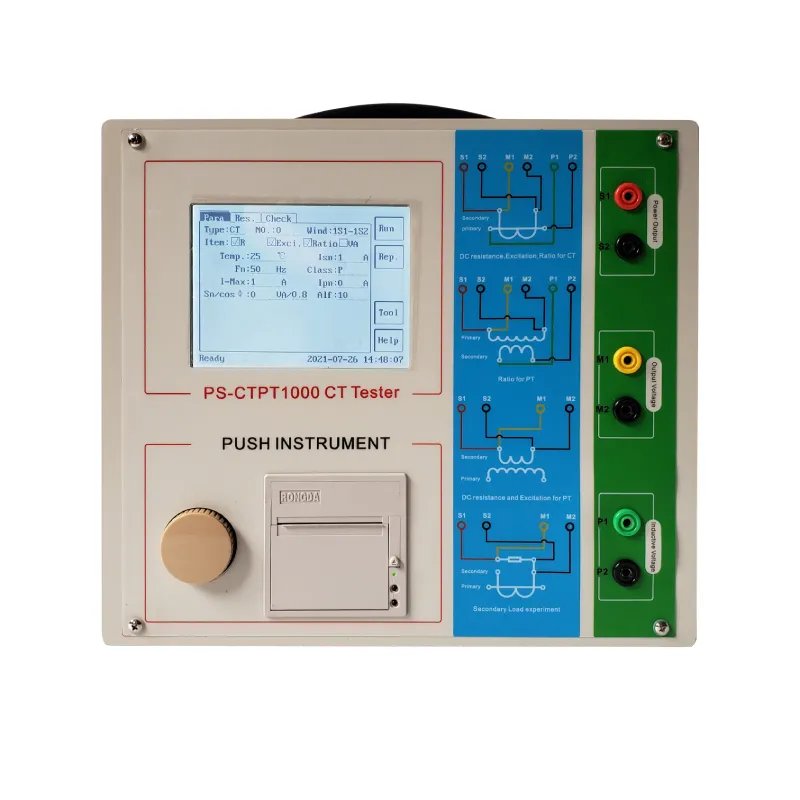 English
English


Evaluating Shrinkage Factors in Oil and Gas Production Processes for Enhanced Efficiency
Understanding Shrinkage Testing in Oil and Gas Exploration
In the oil and gas industry, accurate measurement and analysis of reservoir properties are crucial for effective resource extraction and management. One of the essential methodologies employed in this context is shrinkage testing, which evaluates how fluids behave under varying pressure and temperature conditions. This article delves into the importance, methodology, and implications of shrinkage testing in oil and gas operations.
What is Shrinkage Testing?
Shrinkage testing is a laboratory process used to determine how the volume of petroleum products changes when subjected to changes in pressure and temperature. This phenomenon is particularly relevant in oil reservoirs, where the crude oil and gas mixture naturally exist under high pressures and temperatures. When extracted, the pressure drops, leading to significant changes in volume and potentially altering the properties of the hydrocarbons involved.
Importance of Shrinkage Testing
The primary purpose of shrinkage testing is to provide vital information about the behavior of hydrocarbon fluids as they transition from subsurface conditions to surface ones. Understanding this behavior allows engineers and geologists to make informed predictions about oil recovery rates, reservoir performance, and optimization of extraction processes.
1. Estimation of Reservoir Properties Shrinkage testing helps in estimating properties such as formation volume factor (FVF) and gas-to-liquid ratios, which are critical for assessing the potential yield of a reservoir.
3. Environmental and Safety Considerations Accurate data from shrinkage testing can also raise awareness about the environmental impact of extraction processes and help in planning for potential hazards associated with gas release.
shrinkage tester oil and gas

Methodology of Shrinkage Testing
The procedure for conducting shrinkage tests involves several key steps
1. Sample Collection Representative samples of the produced fluids or reservoir fluids are collected under controlled conditions to avoid any premature phase changes.
2. Laboratory Conditions The samples are subjected to various temperatures and pressures within a controlled laboratory environment, mimicking the downhole conditions as closely as possible.
3. Measurement and Analysis The volumes of the fluids are measured at each pressure and temperature change. These measurements are recorded continuously to track how the fluid contracts or expands.
4. Data Interpretation Once the tests are completed, the data collected is analyzed to generate critical insights into fluid behavior. This analysis can involve the use of specialized software and mathematical models that predict how the reservoir will respond under different extraction scenarios.
Implications for the Oil and Gas Industry
Shrinking testing has far-reaching implications in the oil and gas sector. The insights garnered from these tests can significantly influence investment decisions, project feasibility studies, and risk assessments. Enhanced understanding of fluid behavior aids not only in maximizing recovery rates but also in ensuring that extraction processes are as sustainable and environmentally friendly as feasible.
In conclusion, shrinkage testing serves as a cornerstone for effective resource management in the oil and gas industry. Through precise measurements and insightful analysis of how fluids behave under varying conditions, companies can optimize their extraction processes, enhance recovery rates, and mitigate environmental impacts. As the industry continues to evolve, the importance of rigorous testing methodologies like shrinkage testing will only grow, emphasizing the need for ongoing research and development in this crucial field.
-
Differences between open cup flash point tester and closed cup flash point testerNewsOct.31,2024
-
The Reliable Load Tap ChangerNewsOct.23,2024
-
The Essential Guide to Hipot TestersNewsOct.23,2024
-
The Digital Insulation TesterNewsOct.23,2024
-
The Best Earth Loop Impedance Tester for SaleNewsOct.23,2024
-
Tan Delta Tester--The Essential Tool for Electrical Insulation TestingNewsOct.23,2024





